Embroidery is a beautiful and intricate craft that involves decorating fabric with various types of stitches. One common question that arises for beginners in embroidery is whether sewing thread can be used instead of embroidery thread. Sewing thread and embroidery thread may look similar, but they have distinct characteristics that make them suitable for different purposes. In this article, we will explore whether sewing thread can be used for embroidery and provide insights into the differences between the two. By understanding the key factors, you can make an informed decision about which thread to use for your embroidery projects.
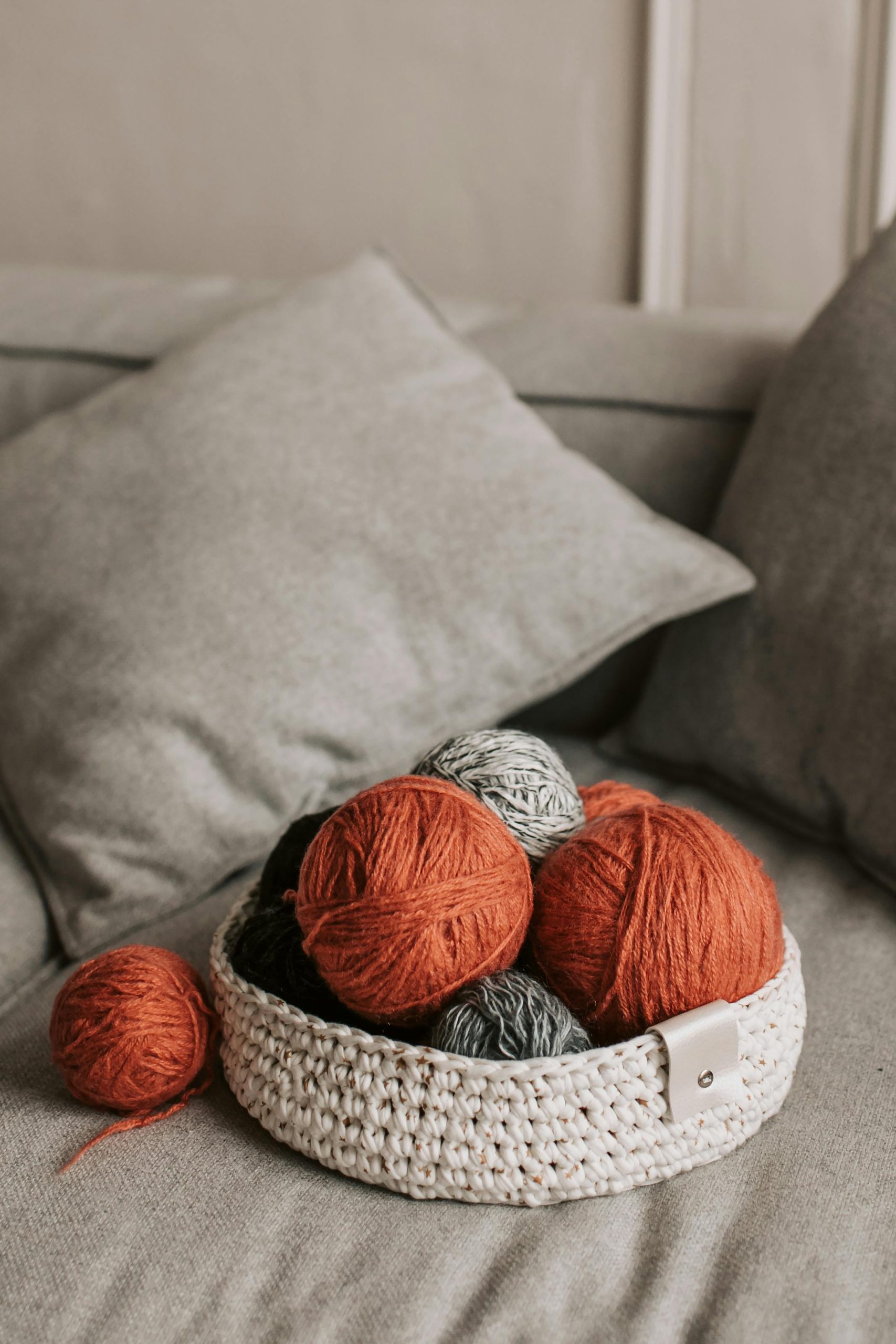
1. Thread Composition
The composition of the thread plays a crucial role in determining its suitability for embroidery. Here are some key points to consider regarding thread composition:
- Sewing Thread: Sewing thread is typically made from polyester or a polyester-cotton blend. It is designed to provide strength and durability for stitching fabrics together. Sewing thread is usually finer and smoother compared to embroidery thread, allowing it to pass through the fabric easily.
- Embroidery Thread: Embroidery thread, on the other hand, is specifically designed for decorative stitching. It is often made from rayon, cotton, or silk. Embroidery thread has a slightly thicker and more lustrous appearance, which enhances the visual impact of the embroidery design.
- Thread Thickness: Sewing thread is typically available in a range of thicknesses, denoted by a number. The higher the number, the finer the thread. Embroidery thread is commonly available in a single thickness, making it easier to achieve consistent results.
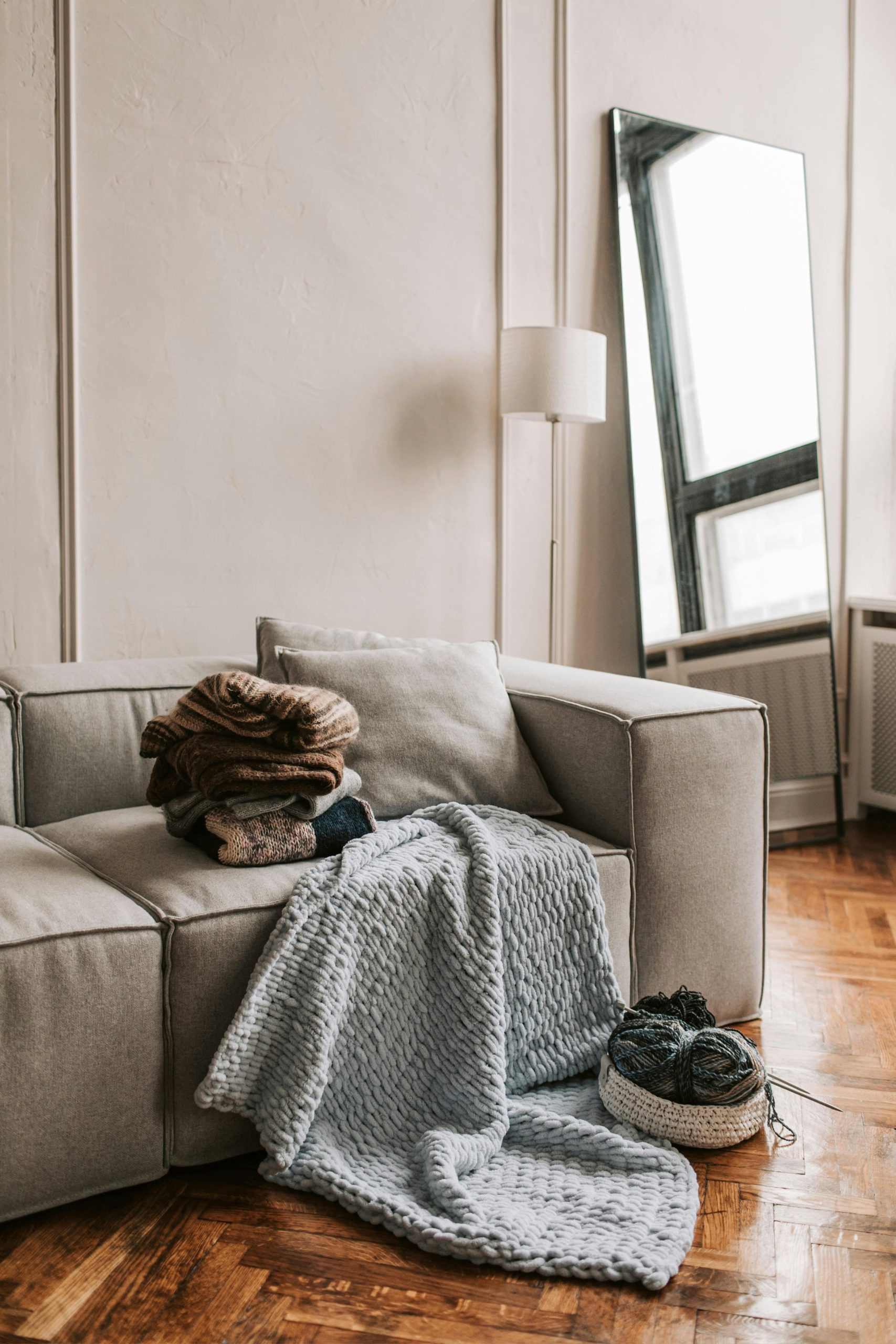
2. Thread Strength
Another important consideration when choosing thread for embroidery is its strength. Here are some key points to consider regarding thread strength:
- Sewing Thread: Sewing thread is designed to withstand the stress and tension of stitching fabric seams. It is generally stronger and more resistant to breakage compared to embroidery thread. This strength is essential for ensuring the longevity and durability of sewn garments.
- Embroidery Thread: While embroidery thread may not be as strong as sewing thread, it is still sufficiently durable for decorative stitching. It is designed to withstand the moderate tension applied during embroidery and can withstand normal wear and tear when used in decorative applications.
- Thread Weight: The weight of the thread also affects its strength. Sewing thread is available in different weights, with higher numbers indicating a finer thread. Embroidery thread is typically a medium-weight thread, providing a good balance between strength and visibility.
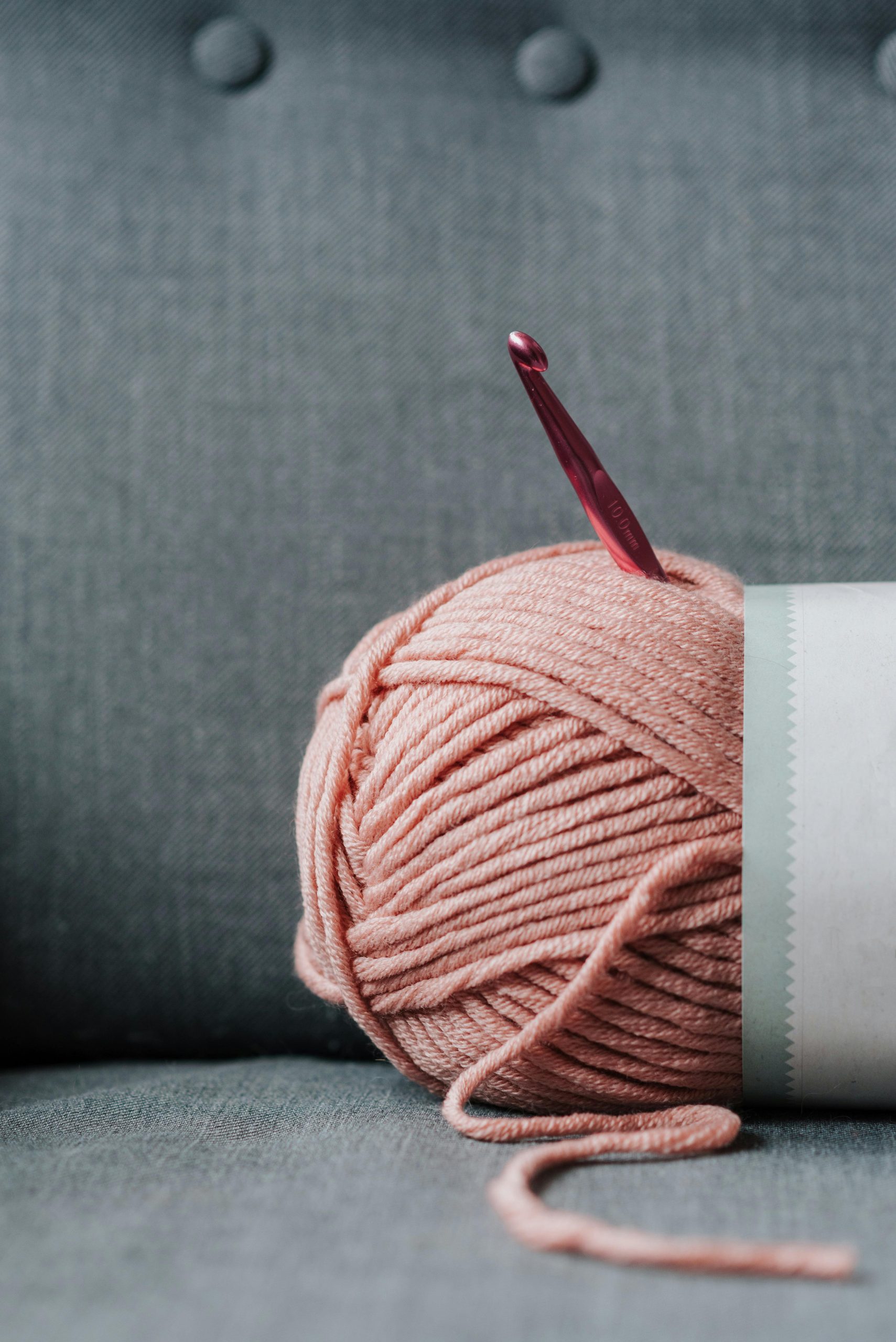
3. Thread Appearance
The appearance of the thread is a crucial aspect of embroidery, as it directly impacts the visual appeal of the finished design. Here are some key points to consider regarding thread appearance:
- Sewing Thread: Sewing thread is designed to blend into the fabric, providing a discreet and inconspicuous finish. It is usually available in a wide range of colors to match different fabrics. However, sewing thread may lack the luster and sheen that embroidery thread offers.
- Embroidery Thread: Embroidery thread is specifically designed to enhance the visual impact of the embroidery design. It is available in a vast array of vibrant and lustrous colors, allowing for intricate and eye-catching stitching. The sheen of embroidery thread can make the design stand out and add depth to the embroidery work.
- Metallic Thread: In addition to regular embroidery thread, there are also metallic threads available for adding a touch of sparkle to embroidery designs. Metallic threads are typically made of polyester or nylon with a metallic coating, providing a shiny and reflective appearance.
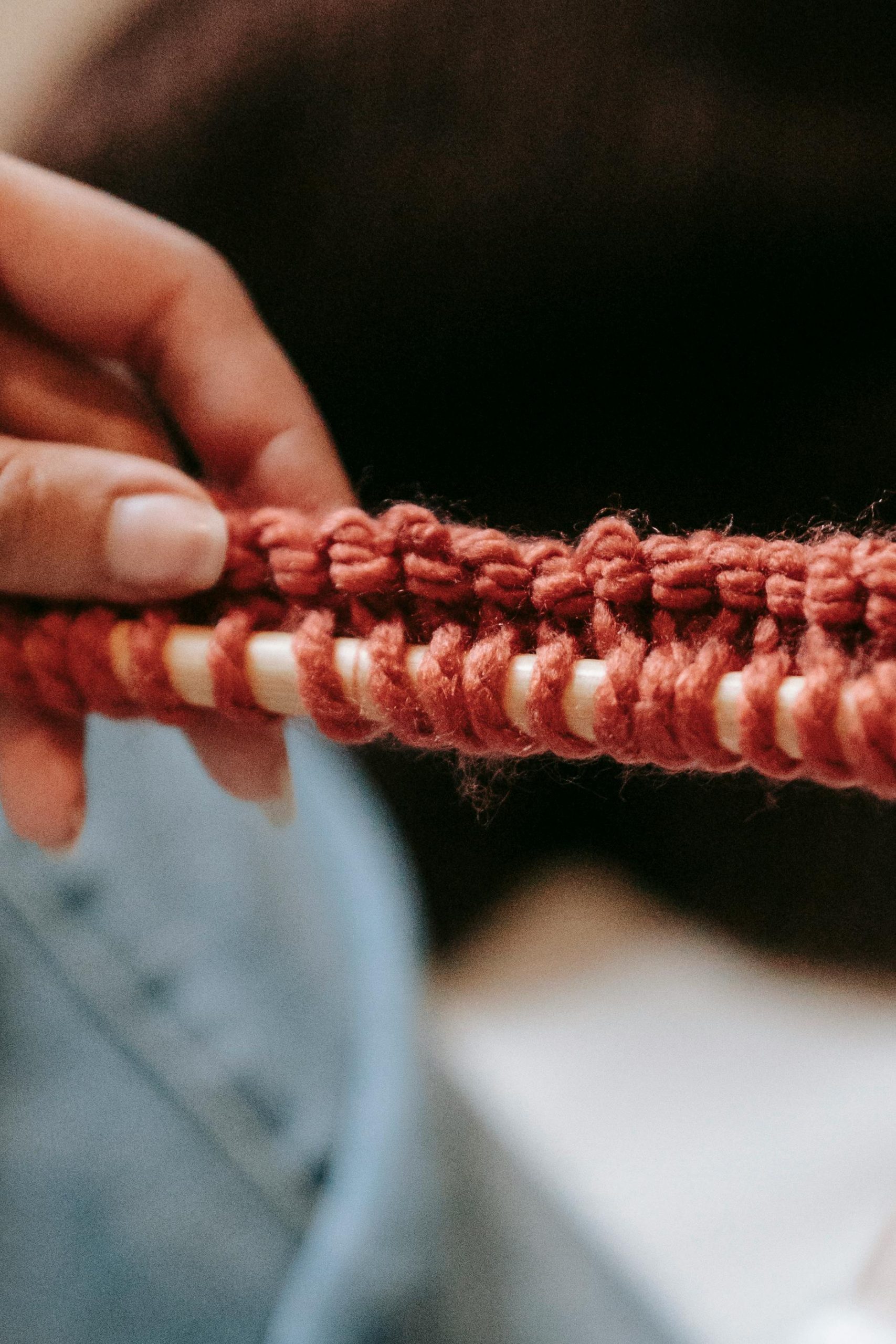
4. Thread Techniques
Embroidery involves various stitching techniques, and the type of thread used can greatly impact the outcome. Here are some key points to consider regarding thread techniques:
- Sewing Thread: Sewing thread is primarily designed for straight stitching and seam construction. While it can be used for basic embroidery stitches such as running stitch or backstitch, it may not perform as well in more intricate stitches or specialty techniques such as satin stitch or French knot.
- Embroidery Thread: Embroidery thread is specifically formulated to work well with a wide range ofembroidery stitches and techniques. Its slightly thicker and smoother texture allows for better coverage and definition in intricate stitches. Embroidery thread is particularly well-suited for techniques like satin stitch, chain stitch, cross stitch, and more.
- Specialty Threads: Apart from regular sewing and embroidery threads, there are specialty threads available for specific techniques. For example, there are silk threads for fine and delicate work, wool threads for crewel embroidery, and variegated threads for creating unique color gradients in the design.
Conclusion
While sewing thread can be used for basic embroidery stitches, it is not the ideal choice for intricate and decorative embroidery work. Embroidery thread, with its specific composition, strength, appearance, and suitability for various embroidery techniques, is the preferred option for achieving professional and visually stunning results. Using sewing thread for embroidery may compromise the overall quality and durability of the design. However, if you are just starting out or working on a project where durability is not a concern, sewing thread can be a viable option. Ultimately, the choice between sewing thread and embroidery thread depends on the specific requirements of your project and the desired outcome.
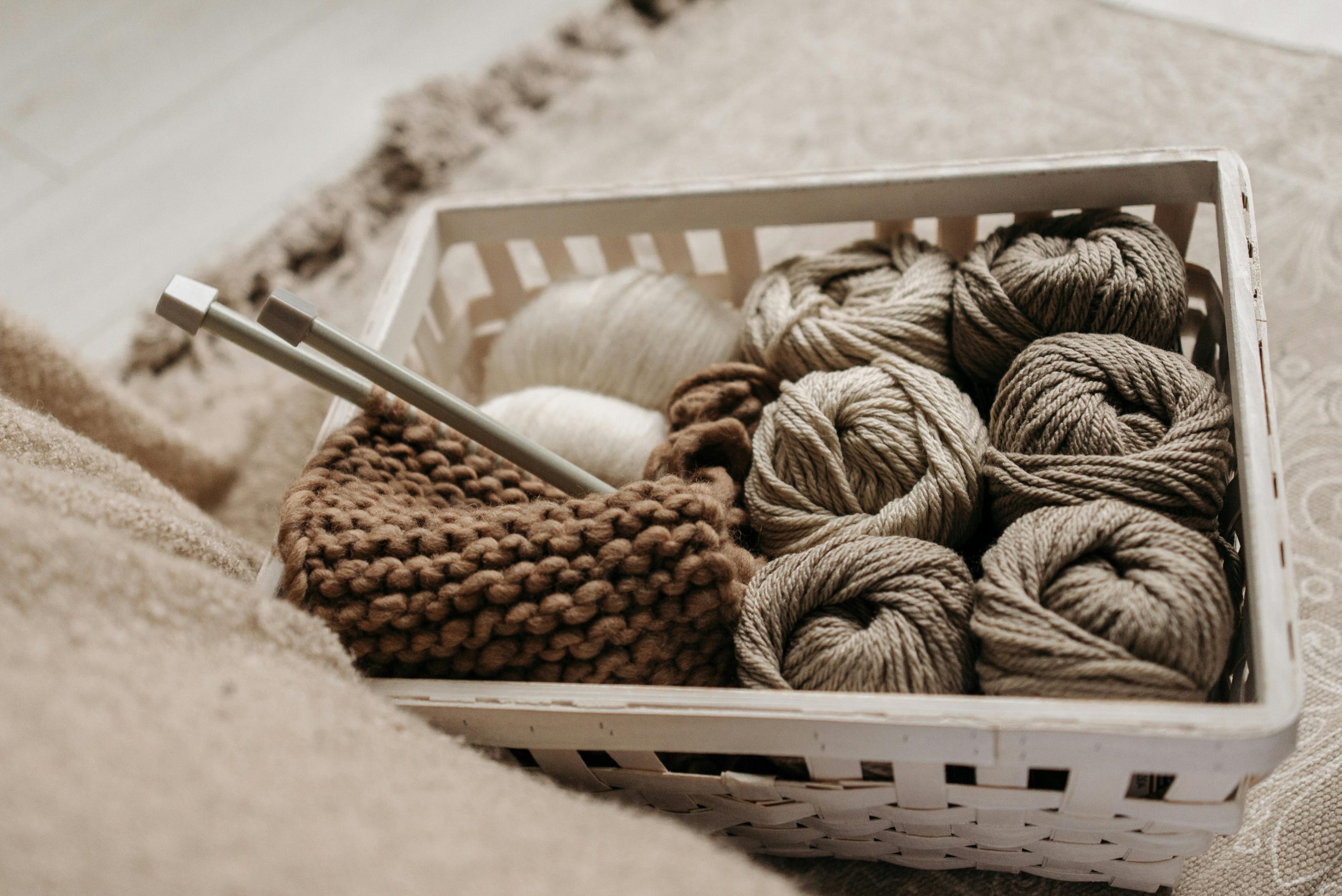
Leave a Reply